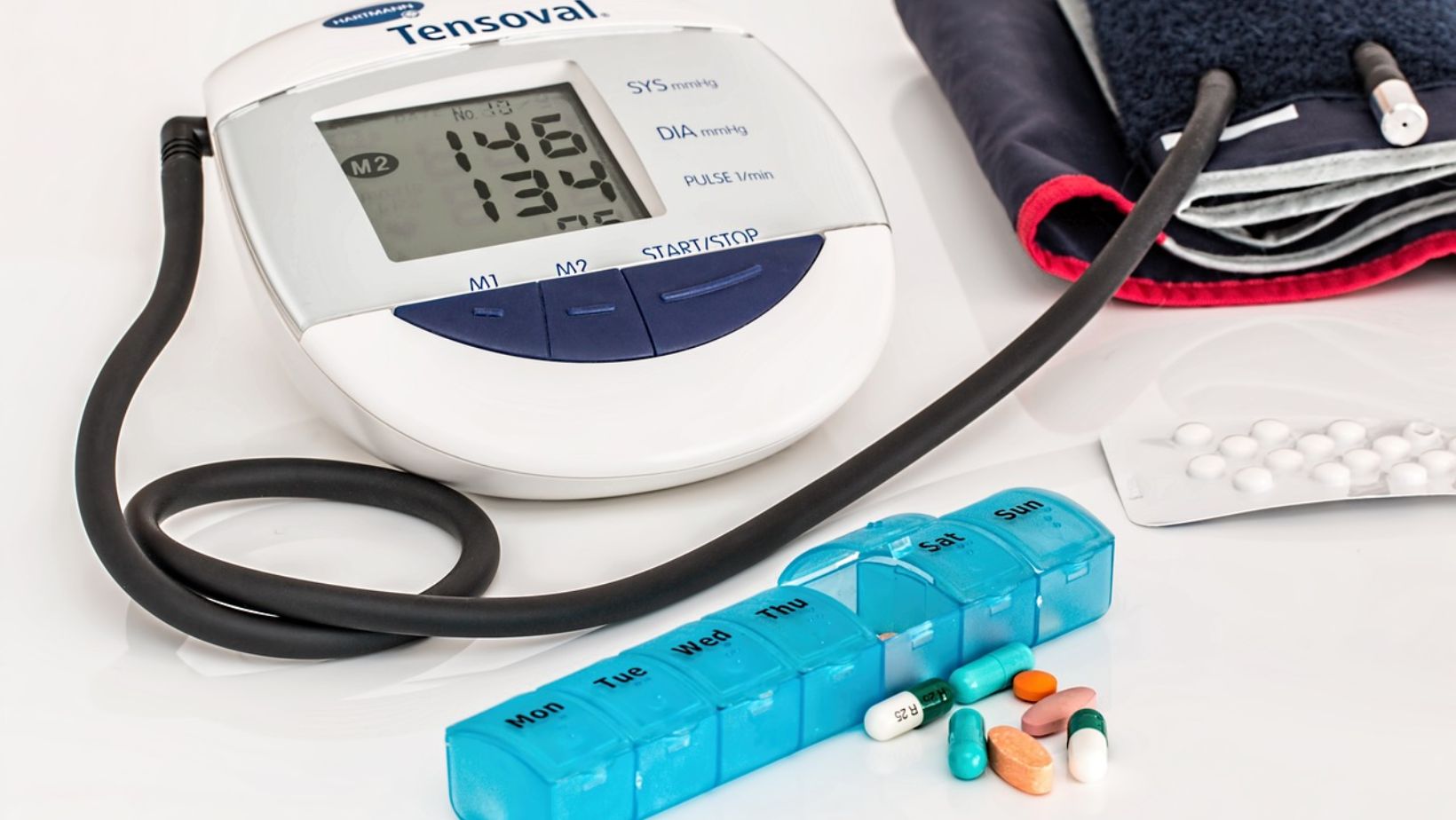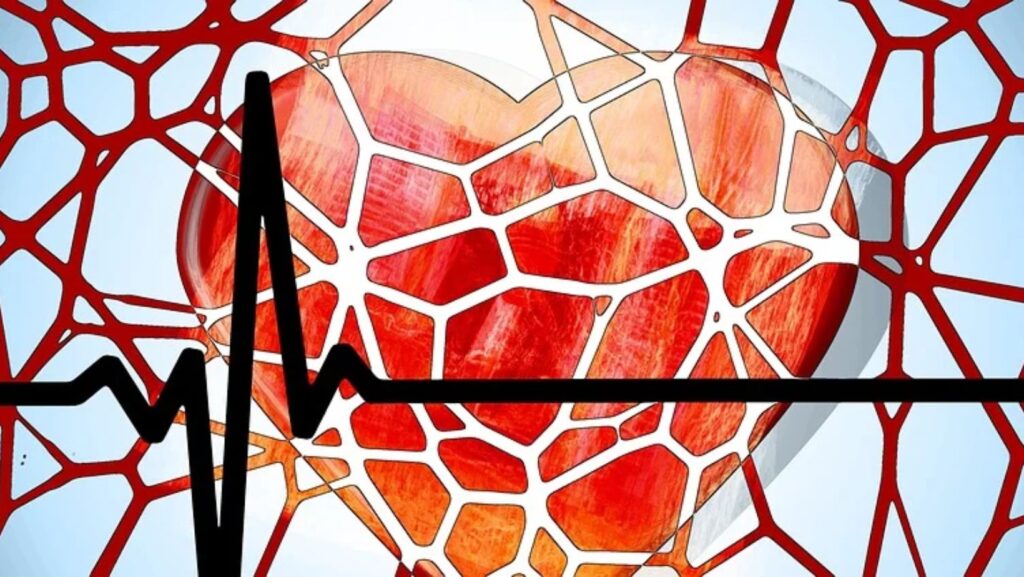In our fast-paced, stress-filled lives, heart health has become a topic of paramount importance. One condition that’s been making headlines is Coronary Artery Disease (CAD). But what exactly is it, and why should you be concerned?
CAD is a sneaky, silent enemy that affects millions worldwide. It’s the leading cause of death globally, quietly damaging your heart before symptoms even begin to show. Recognizing its causes and symptoms can be a lifesaver.
In this article, we’ll delve deeper into understanding CAD – its causes, symptoms, and most importantly, how to prevent it, including the role of medications like Eliquis. So, let’s equip ourselves with the knowledge to keep our hearts healthy and strong. Let’s decode CAD together.
Overview of Coronary Artery Disease
Coronary Arthritis Disease, commonly referred to as CAD, presents a significant global health challenge. It’s a condition characterized by the narrowing or blockage of coronary arteries, primarily caused by atherosclerosis, a type of arteriosclerosis marked by the accumulation of plaques in the artery walls.
Plaques, primarily made of fats, cholesterol – especially high cholesterol levels –, calcium, and other cellular waste products, obstruct the flow of oxygen-rich blood to the muscle of the heart. This obstruction often precipitates chest pain, a condition medically referred to as angina.
One primary concern with CAD arises from its tendency to progress silently – it often takes years for symptoms to manifest. Disturbingly, the first sign of CAD in some people won’t occur until they’ve experienced a heart attack or sudden cardiac arrest. An understanding of CAD, therefore, demystifies the silent progression of this disease, making its prevention and early detection achievable.
Next, across the section on this website, we’ll delve deeper into the causes and symptoms of CAD. Further along, we’ll explore how to prevent CAD – emphasizing lifestyle modifications and treatment options to manage this potentially fatal condition. The aim is to empower you with actionable knowledge about CAD, aiding in achieving a healthier heart and longer life.
Understanding what Causes Coronary Artery Disease
Let’s delve deeper into factors that contribute to Coronary Artery Disease (CAD). It’s imperative to explore this given CAD’s status as a major cardiovascular health issue.
The Role of Cholesterol in Coronary Artery Disease
High cholesterol levels play a key role in the development of CAD. When cholesterol accumulates, it forms plaques on the inner walls of coronary arteries, a process known as atherosclerosis. As plaques grow, they reduce blood flow to the heart, potentially resulting in chest pain. A complete blockage can lead to a heart attack. Various studies on this website reveal that managing cholesterol levels can be an effective strategy in preventing CAD.
Lifestyle Factors that Contribute to Coronary Artery Disease
CAD doesn’t happen overnight. It’s the outcome of long-term exposure to harmful lifestyle factors. These include smoking, physical inactivity, unhealthy diet, excessive alcohol consumption, and unmanaged stress. Regular smoking, for instance, damages the lining of your arteries, leading to faster buildup of cholesterol plaques. Unhealthy diet, especially rich in unhealthy fats, directly results in high cholesterol levels. An inactive lifestyle can lead to obesity, another contributing factor. Excessive alcohol and stress can raise your blood pressure, putting additional strain on the arteries.
Adopting a health-conscious lifestyle could significantly reduce your risk. Start with quitting smoking, increasing physical activity, eating a balanced diet, managing stress and moderating alcohol consumption. You’d be making considerable strides in keeping your heart healthy.
Identifying the Symptoms of Coronary Artery Disease
Many individuals battling Coronary Artery Disease (CAD) might not realize it because of its subtle progression. Recognizing the symptoms can aid early intervention and proper management of the disease. Now, let’s unpack the key signals of CAD and ways to identify a looming heart attack.
Subtle Warning Signs
First and foremost, some warning signs of CAD might pass unnoticed at the early stages of the disease. Some could be mistaken as signs of tiredness or stress. Commonly, the earliest indication is angina, a sensation of discomfort or chest pain.

The pain is often described as squeezing, pressure, fullness, or sharp discomfort, typically in the chest. It often begins from the center of the chest and may spread to arms, back, neck, or jaw. Other symptoms include shortness of breath, fatigue, and lightheadedness. Men and women may experience different symptoms. Women could have less typical symptoms such as stomach discomfort or back pain. On this website, you’ll also find that high cholesterol levels can be a silent but possible red flag for CAD.
Recognizing a Heart Attack
It’s crucial to know the symptoms of a heart attack as early recognition can lead to immediate treatment, significantly improving survival rates. Telltale signs of a heart attack may include ongoing chest pain, labored breathing, cold sweat, dizziness, and radiating discomfort from the chest to other parts of the body. Additionally, nausea or a feeling of impending doom is more frequently reported by women. Recall that with CAD, symptoms may not become evident until you have a heart attack. As such, regular health checks and monitoring of your cholesterol level remain key preventative measures.
Testing and Diagnosis Procedures for Coronary Artery Disease
While it is indeed crucial to comprehend high cholesterol levels and their correlation to Coronary Artery Disease (CAD), it is of equal importance to understand how this disease is diagnosed.
Blood Tests and Heart Risk Assessment
In testing for CAD, a simple blood test plays a critical role. This test, often part of a broader heart risk assessment, measures the levels of certain fats, cholesterol, sugar, and proteins in your blood. High levels of LDL cholesterol, commonly referred to as “bad cholesterol,” or low levels of HDL cholesterol, known as “good cholesterol,” increase your risk of CAD. Another risk factor is high levels of a protein called C-reactive protein (CRP). Evidence suggests a link between CRP and the development of CAD – prior studies indicate that high levels of CRP might be predictive of coronary events such as heart attacks.
You might also hear about the heart risk assessment on this website. It determines your chances of developing CAD within the next decade, taking into consideration details such as age, blood pressure, cholesterol levels, and any history of diabetes or smoking.
Imaging Techniques Used in Diagnosis
A broad array of imaging techniques aids in the diagnosis of CAD. For instance, an Electrocardiogram (EKG) is commonly used to detect any irregularities in your heartbeat, which could indicate CAD.
If you’re experiencing less clear-cut symptoms, like chest pain or shortness of breath, your healthcare provider might test with an Exercise Stress Test (EST). During this test, you’re monitored for any signs of CAD while you’re exercising, usually on a treadmill. The connection between chest pain and physical effort is a key indicator in CAD diagnosis.
Other techniques, such as Echocardiograms, Nuclear Stress Tests, and Coronary Angiograms, provide detailed pictures of your heart and the arteries that supply it with blood. Each technique offers a unique perspective and can be instrumental in painting a complete picture of your heart’s health and potential CAD presence.
Strategies for Preventing Coronary Artery Disease
Preventing CAD fundamentally lies in leading a healthy lifestyle. There are general strategies to consider which are essential for maintaining heart health and preventing CAD.
Adapting a Heart-Healthy Diet
A heart-healthy diet is a effective strategy in preventing CAD. It can help manage high cholesterol levels, a leading cause of CAD. This diet includes eating lean proteins, whole grains, and a variety of fruits and vegetables. Limit intake of saturated fats, trans fats, and cholesterol found in red meats, dairy products, and processed foods. Include omega-3 fatty acids, found in fish and flaxseeds, which have heart-healthy benefits. Additionally, reducing salt can lower blood pressure, reducing CAD risk. Lastly, controlling portion sizes prevents weight gain and the subsequent strain on your heart.
Establishing Regular Physical Activity Habits
A physically active lifestyle significantly reduces CAD risk. It’s best to aim for a minimum of 30 minutes of exercise most days of the week. Walking, cycling, swimming, or any form of cardiovascular exercise promotes heart health. Regular physical activity helps lowering high cholesterol levels, controlling high blood pressure, and maintaining a healthy weight — all essential in the fight against CAD.
The Importance of Regular Medical Check-ups
In order to preemptively identify any signs of CAD, regular medical check-ups are a must. Physicians typically conduct cholesterol screenings and blood pressure readings to check heart health markers. Regular check-ups can identify problems early, even before symptoms like chest pain show up. If high cholesterol levels or other heart disease risks are detected, they can be managed with health-centered strategies, including medication if necessary.

Regular monitoring enables doctors and patients to respond quickly to changes, making it a powerful tool in preventing CAD.
Conclusion
So there you have it. Understanding Coronary Artery Disease isn’t just about knowing the causes and symptoms. It’s also about taking proactive steps towards prevention. A heart-healthy lifestyle is your first line of defense against CAD. That means eating right, staying active, and getting regular check-ups. Remember, it’s not just about adding years to your life but adding life to your years. So, don’t wait for tomorrow. Start your journey towards a heart-healthy lifestyle today. It’s your heart, and it’s your health. Make it count.
